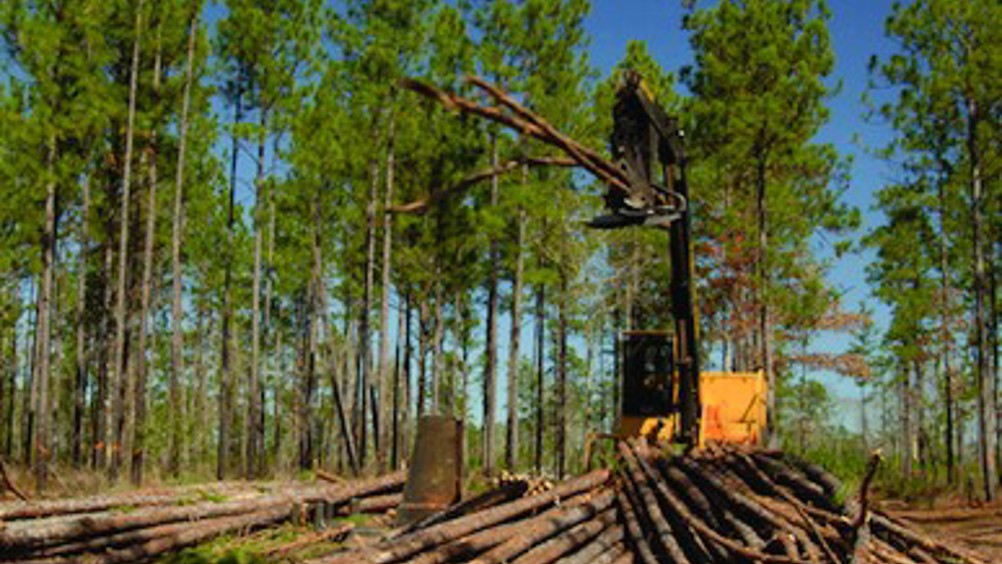Adapted cellulose forms super capacitor material
Trees could soon play a role in making energy storage devices, claim scientists at Oregon State University.

OSU chemists have found that cellulose – the most abundant organic polymer on Earth and a key component of trees – can be heated in a furnace in the presence of ammonia, and turned into the building blocks for supercapacitors.
The use of supercapacitors - high-power energy devices with a wide range of industrial applications - has been held back primarily by cost and the difficulty of producing high-quality carbon electrodes.
The new approach discovered at Oregon State can produce nitrogen-doped, nanoporous carbon membranes – the electrodes of a supercapacitor – at low cost, quickly, and in an environmentally benign process. The only by-product is methane, which could be used as a fuel or for other purposes.
‘The ease, speed and potential of this process is really exciting,’ said Xiulei Ji, an assistant professor of chemistry in the OSU College of Science, and lead author on a study announcing the discovery in Nano Letters. The research was funded by OSU.
Register now to continue reading
Thanks for visiting The Engineer. You’ve now reached your monthly limit of news stories. Register for free to unlock unlimited access to all of our news coverage, as well as premium content including opinion, in-depth features and special reports.
Benefits of registering
-
In-depth insights and coverage of key emerging trends
-
Unrestricted access to special reports throughout the year
-
Daily technology news delivered straight to your inbox










UK Enters ‘Golden Age of Nuclear’
Anybody know why it takes from 2025 to mid 2030's to build a factory-made SMR, by RR? Ten years... has there been no demonstrator either? Do RR...